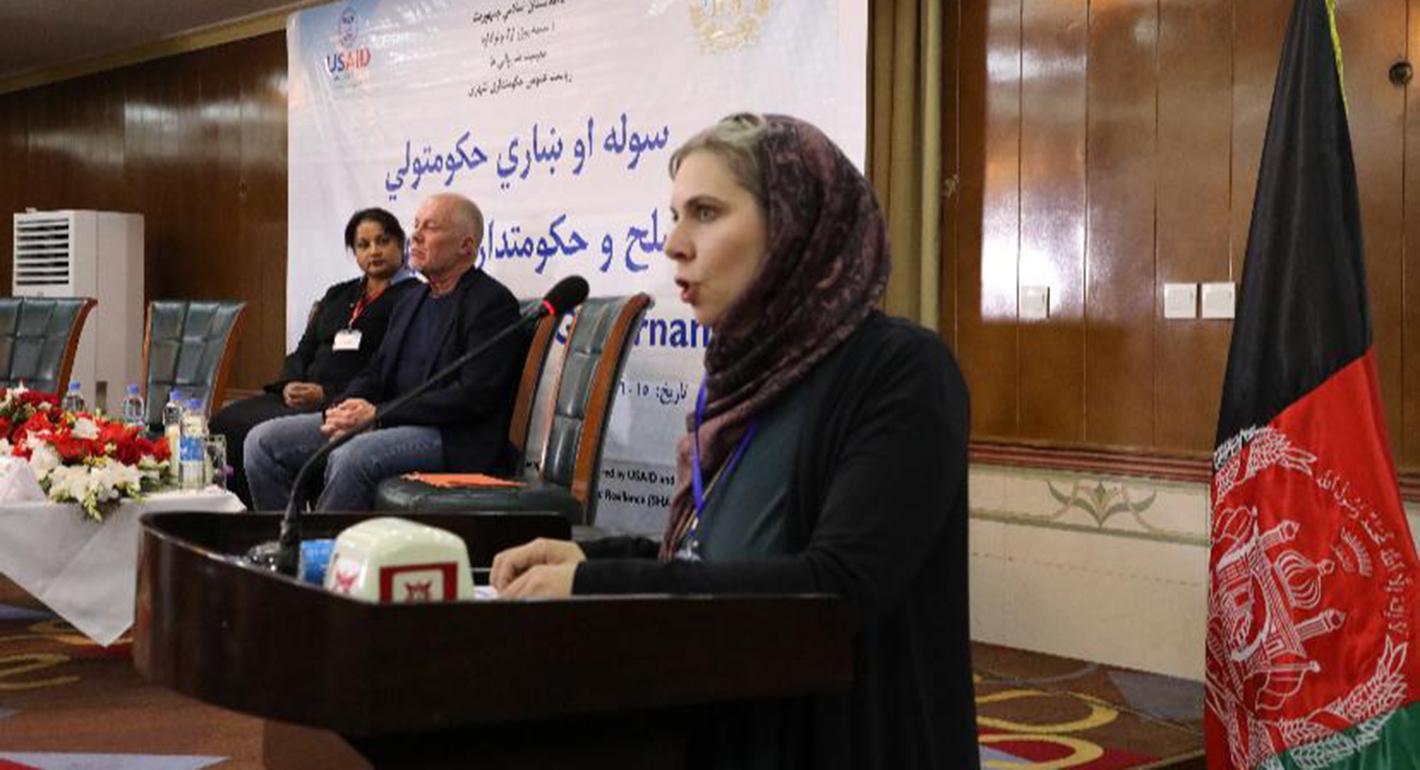The fall of the Afghan government in August 2021 triggered intense debate in the United States about the future of American power. The inward-looking nature of these discussions is emblematic of why international efforts in Afghanistan struggled for so long. For many years, the United States and its international partners have been unable to see Afghanistan and much of the region on their own terms. When American presidents spoke about ending the war in Afghanistan, they meant ending U.S. involvement.
As a result, the United States has focused its attention on strengthening national-level institutions created as partners for the war. It saw the country through the success or failure of the central government and the security forces. Yet this failed to capture perspectives from the people it was seeking to assist. Outside the capital, the state and the international project lost vast support as the war dragged on. Many Afghans saw the state and its global patrons as corrupt and even complicit in rising disorder that engulfed the countryside for years. So, while the war may have ended for the United States, there is not a settled peace in Afghanistan.
In my research over the past two decades, I have explored how bottom-up governance is transforming politics and nurturing political order across Central Eurasia. In Afghanistan, for example, I found robust systems of community-based customary governance that were eager to support the central state. I found further that communities with stronger customary governance structures were more supportive of democracy and women’s rights. Why? Because these bodies, steeped in history and legitimacy, provide citizens both a platform for deliberation but also a bulwark of protection against predatory officials. These informal organizations give citizens confidence that they can engage with the state and the outside world—with protection. Yet, despite the strength of those community systems, state-building efforts by the international community saw local self-governance as an obstacle to state consolidation. Most donors believed that decentralized authority would only lead to corruption and a fragmented state.
Top-down state-building strategies blinded the United States to political realities in Afghanistan but have also impeded its foreign policy strategy in the region. Tired cliches about the Great Game hurt its ability to appreciate the creative strategies countries in the region are forging to shape their own futures.
The withdrawal of the United States and NATO from Afghanistan has led to a greater regionalization of politics in Central Eurasia, but the headlines don’t reflect it. Media narratives focus on the seeming inevitability of China and Russia filling in the vacuum left in Afghanistan, leading to an inevitable continuation of Cold War narratives.
When our analysis is impaired by our past fears, we fail to see this region as it is. We struggle to see possibilities. This leads to mistakes and tragic miscalculations. By viewing countries simply as pawns in U.S. security alignments, we also fail to acknowledge geopolitical shifts in the region. Increasingly, countries in Central Eurasia see regional politics in positive-sum terms, as they are dependent upon their neighbors to achieve prosperity and peace.
During my time at Carnegie, I look forward to learning from the vast expertise of colleagues who work on Asia, as well the wealth of knowledge they bring to the study of conflict, fragility, and state building. Carnegie places Central Eurasia back into what Afghans call the Heart of Asia. Rather than casting the region aside as a backwater of the former Soviet space or slicing it among Central, East, and South Asia, this holistic approach gives a clearer lens to see a much bigger and, potentially, brighter picture.
